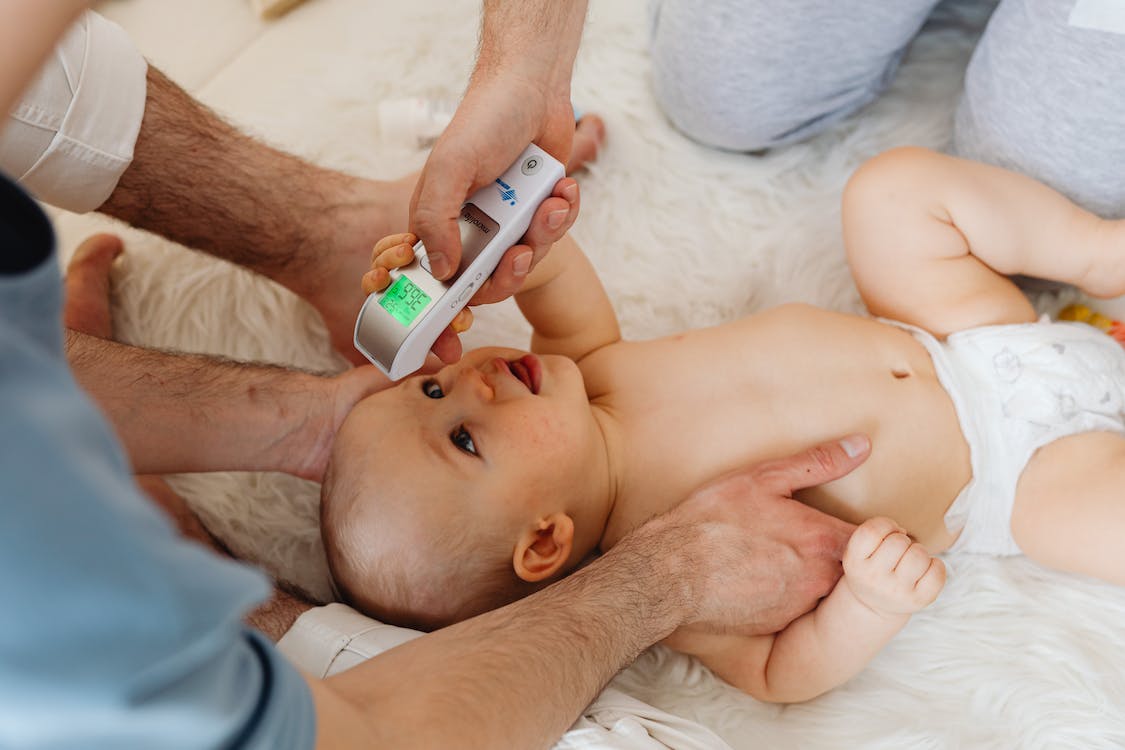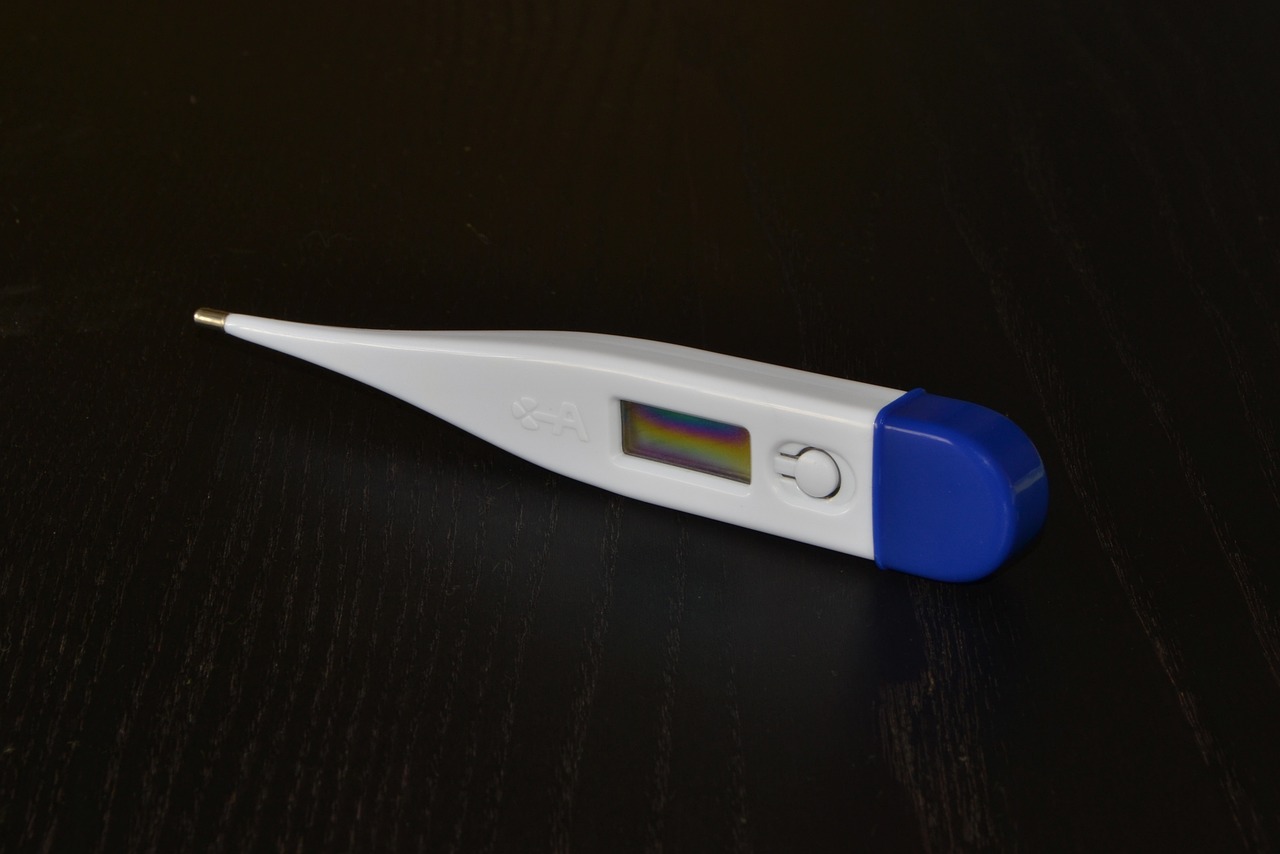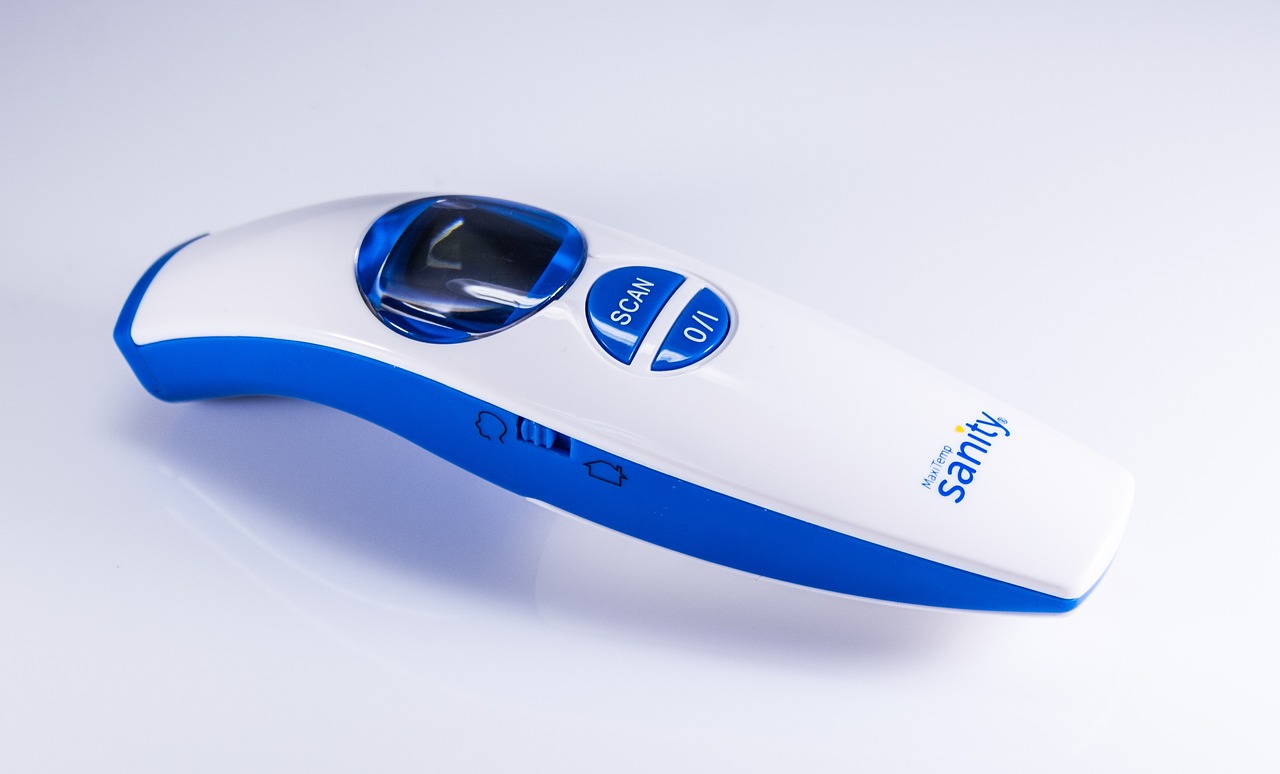
Choosing a Baby Thermometer: A Guide for Parents
Choosing a Baby Thermometer: A Guide for Parents
As a young parent, your top priority is ensuring your child’s well-being. One essential tool every parent should have is a reliable thermometer to accurately monitor their baby’s temperature. With a wide range of thermometer options available, it can be overwhelming to make the right choice. This comprehensive guide will discuss different types of baby thermometers and provide valuable insights to help you make an informed decision.
Baby Rectal Thermometer: A Simple, Reliable Solution
When it comes to accurately measuring your child’s temperature, the rectal thermometer is considered the gold standard. Look for a model with a soft, rounded tip for gentle insertion and quick results. Electronic thermometers are highly recommended over gallium thermometers due to their effectiveness. They are readily available in pharmacies and are usually affordable, ranging from $5 to $10. Keeping a spare battery on hand is always wise to ensure uninterrupted usage.
Taking your baby’s rectal temperature may initially seem daunting, but it can be a quick and safe process with proper care and technique. Gently insert the thermometer about an inch into the rectum and hold it until you hear the beep or the measurement is complete. Applying a small amount of petroleum jelly or a water-based lubricant on the tip of the thermometer before insertion can help ease any discomfort. Remember to clean the thermometer thoroughly after each use to maintain hygiene.
Note: While some rectal thermometers allow temperature measurement under the arm (armpit), this method provides only an approximate reading. For accurate results, taking the rectal temperature is recommended when in doubt.
Ear/Front Thermometer for Babies: A Less Invasive Option

Ear/frontal thermometers utilize infrared radiation to measure temperature from the ear or forehead. This method is convenient as it doesn’t require undressing or disturbing your sleeping baby. However, it’s important to note that these thermometers may lack precision in small children, and their use is generally not recommended before age 2. Finding the right angle for accurate readings in small ear canals can also be challenging.
Ear/front thermometers are typically priced between $40 and $80.
To use an ear/front thermometer:
- Gently place the probe in the ear canal or touch it to the forehead, following the manufacturer’s instructions.
- Ensure the thermometer is properly aligned and in contact with the skin.
- Press the button to initiate the measurement, and the temperature reading will be displayed within a few seconds.
- Thoroughly clean the probe before and after each use to maintain accuracy.
Avoid Using Liquid Crystal Indicators
Temperature indicators with liquid crystals are available in pharmacies as small patches that react to frontal heat. While they provide an initial indication of fever, it’s crucial to exercise caution when relying solely on these devices. Over time, the crystals can lose their reactivity, leading to distorted results. It’s advisable not to depend on a temperature gauge that has been stored for an extended period.
Digital thermometers

Instead, opt for digital thermometers that offer more accurate and reliable readings. Digital thermometers are widely available, affordable, and easy to use. Look for features such as fast measurement times, backlit displays for easy reading, and memory functions to track temperature trends over time.
All in all
Choosing a suitable thermometer for your baby is essential for accurately monitoring their health. A rectal thermometer is considered the most reliable option, providing precise results. Ear/front thermometers offer convenience but may lack precision in young children. Avoid using liquid crystal indicators due to their potential for distorted readings.
With the right thermometer, you can confidently monitor your baby’s temperature and take appropriate action when necessary.
You May Also Like

Childhood Fever (Part 1)
2022-01-31
Brain-Boosting Recipes to Cook for Kids
2023-02-06

